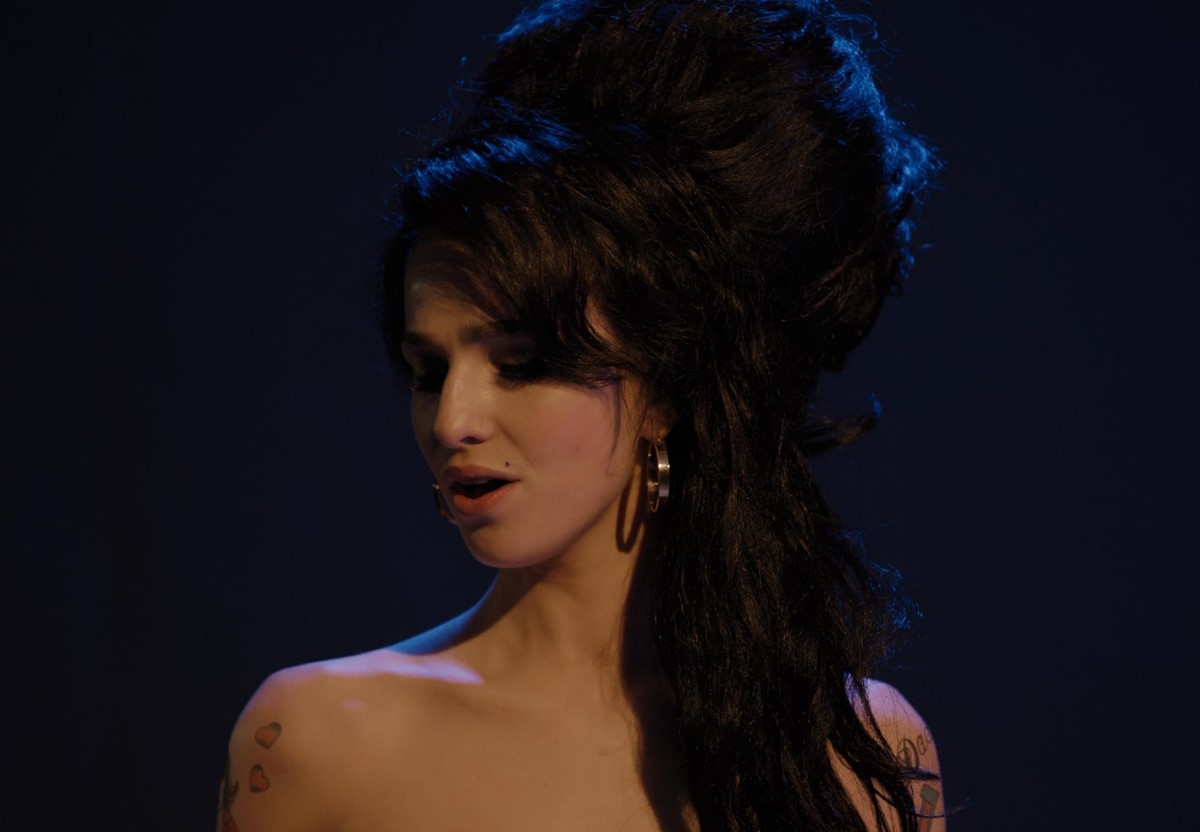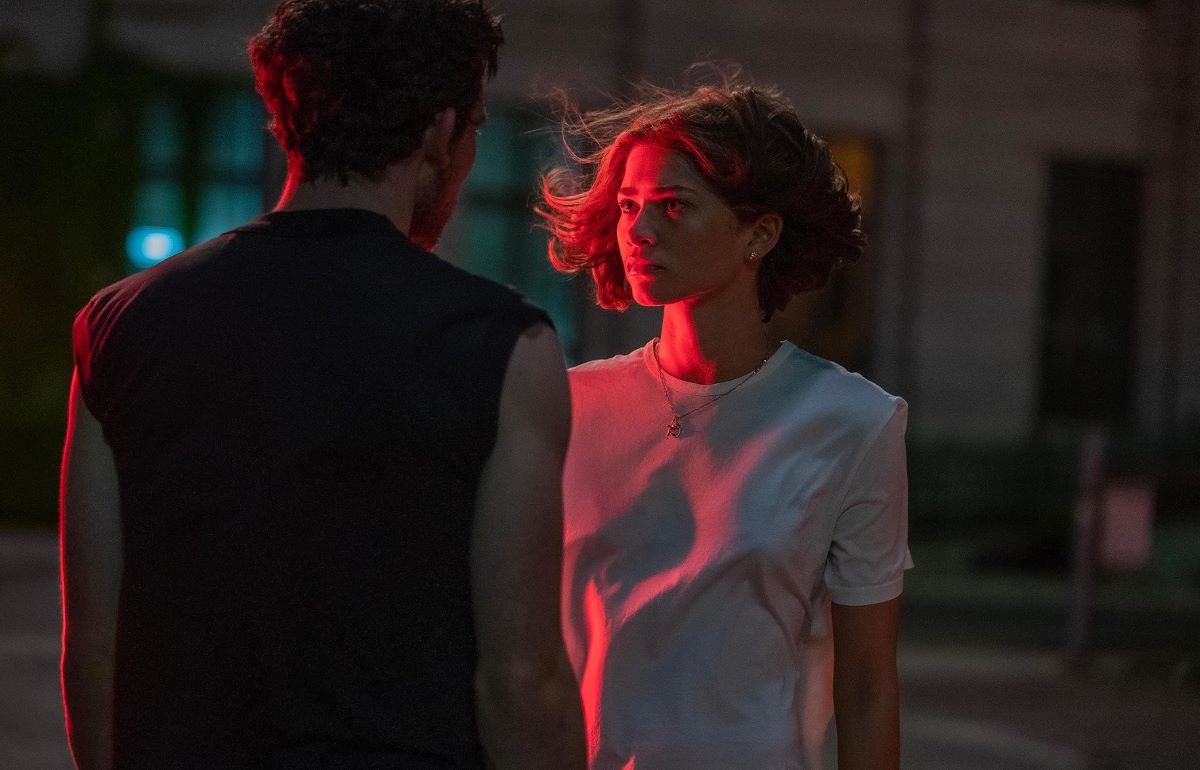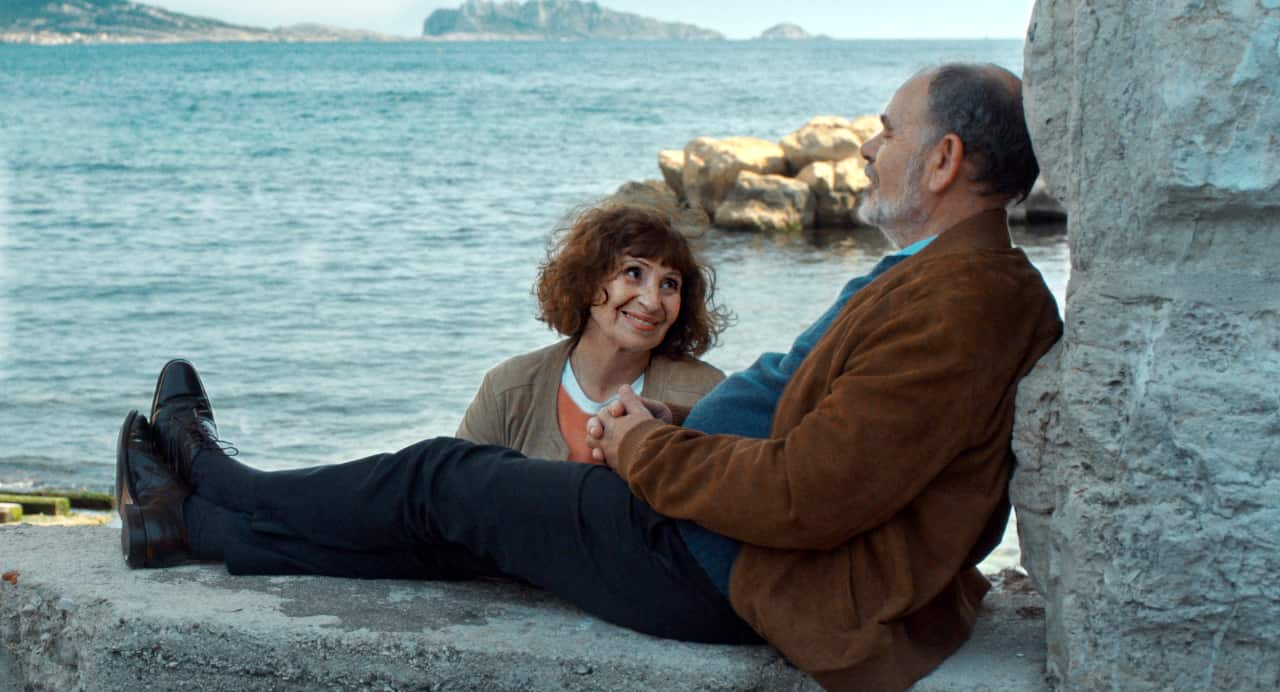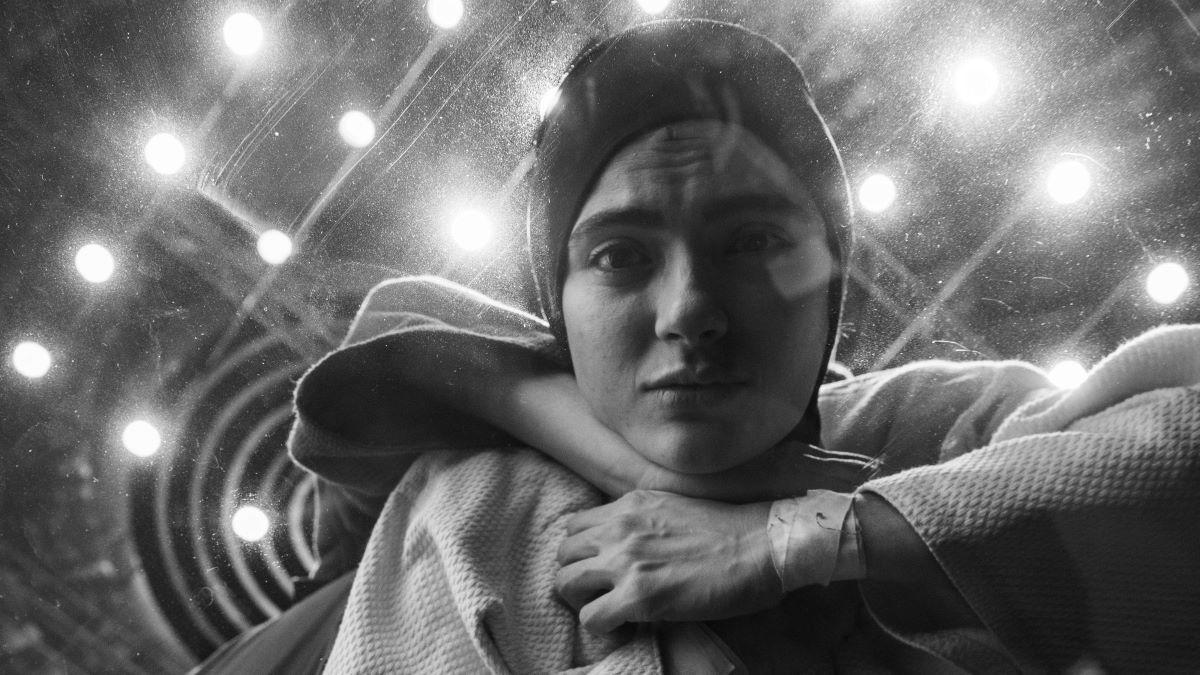by Andrew Sarris
Once Upon a Time in the West begins with a gunfight at a train station shot as a low-angle panorama of Western wasteland psychology and ends after another shootout near a railroad in construction with a last shot of a high-angle panorama of Western expansionist history. With authenticated American actors like Henry Fonda, Jason Robards, Charles Bronson, Jack Elam, and Woody Strode, Once Upon a Time in the West is Sergio Leone’s most American Western, but it is still dominantly and paradoxically European in spirit, at one and the same time Christian and Marxist, despairing and exultant, nihilistic and regenerative.
In the very beginning, Strode, shortly before he is to be gunned down, feels some drops of water falling on his forehead as he is framed in close-up on the frescolike wide screen. He places his Stetson on his head so that it will receive the water between its camel-like humps, and then he shortly thereafter drinks the water from the Stetson in a gesture so ceremonial as to make the hat seem like a holy chalice. After this portentous, implacable technique, Leone leaves no way out for his characters. It is kill or be killed. Nonetheless, Once Upon a Time in the West unfolds across the screen in time and in space with all the mellowness and majesty of such great Westerns as The Searchers, Rio Bravo, and Seven Men from Now. Especially enjoyable is Ennio Morricone’s extraordinarily melodious score, but at its most melodious it never extends beyond the emotional range of Leone’s editing of eagle-eyed expressions interspersed with a circular orchestration of screen space.
We have been told that Italians and other “furriners” should not meddle in a distinctively American art form. But actually Leone is no further away from the legends of the American West than the Florentine Renaissance painters were from the Crucifixion, and if film is even partly a visual medium, Leone’s vision is as valid as anyone else’s. Indeed, Leone has succeeded in making what is essentially a silent movie with aphoristic titles for dialogue. All the dialogue could he eliminated from the movie, and we would still have been shown all that it is essential to know about the obsessive concerns of the characters. We would come to understand Claudia Cardinale’s role as the bearer of water, life, and continuity to the civilization of the New West. We would see that around the edges of the Bronson-Fonda confrontation is the fashionable leftist flourish of the Latino revenging himself on the Anglo, but only around the edges.
At the core of the confrontation is not the politics of a revisionist genre, but the mythology of a poetic parable, and how fitting it is that the aging prairie liberalism of Fonda’s features should be foredoomed by a revenge plot of awesomely Freudian dimensions. Even so, Leone takes no chances with his archetypes. Fonda’s hubris cannot be curbed merely for past excesses. In the course of the movie itself, he and his long-coated henchmen must be shown exterminating an entire family down to a small child as an expression of big business at work overcoming obstacles at whatever cost to moral values. And we must see again and again (without any dialogue) the dreamlike reenactment of the traumatic experience of Charles Bronson’s revenge-seeker with the harmonica so that all the violence and all the close-ups may finally fit into a harmonic pattern of the feelings of loss we can never forget or even endure until we have transformed them into the poetry of fables and fantasies. The Western is above all fable and fantasy, as the desire for revenge is childish and fruitless. Leone has understood fully that in setting out with his hero to learn to kill, he has learned instead that he has come this way only to learn how to die.
The gunfights themselves partake of Leone’s penchant for the circular staging of the corrida. At one point Bronson actually extends one foot forward as if to execute an intricate maneuver with a cape, but this is the West, and history comes out of the barrel of a gun, a dynamic truth Leone emphasizes with his intercutting of locomotives thrusting out of cavernous gun barrels. Once Upon a Time in the West is perhaps the exception to the rule that the best films come out of nationally nuanced cinemas without cross-dubbing and international financing. But it is so glorious an exception that the rule can never seem quite so rigid again.
The Village Voice, August 6, 1970




